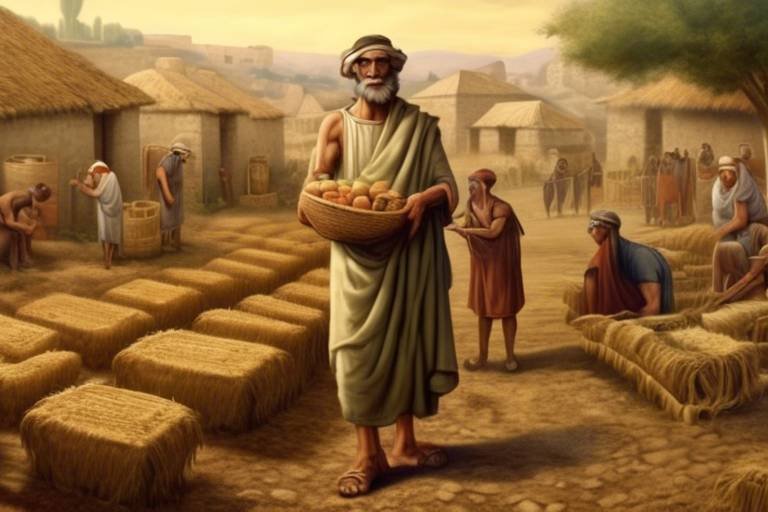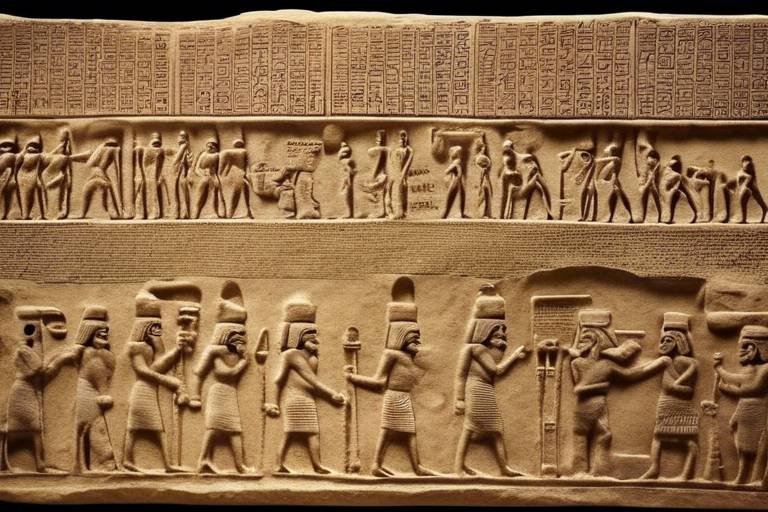The Discovery of the Ancient Mayan Ball Game
The discovery of the ancient Mayan ball game is a fascinating journey into the depths of Mesoamerican history, where a hidden gem of cultural significance was unearthed. Imagine stumbling upon a relic from a bygone era, a key to unlocking the mysteries of a civilization long past. This is the essence of the discovery that sheds light on the ancient Mayan ball game, a sport that transcended mere entertainment and delved into the realms of ritual, mythology, and tradition.
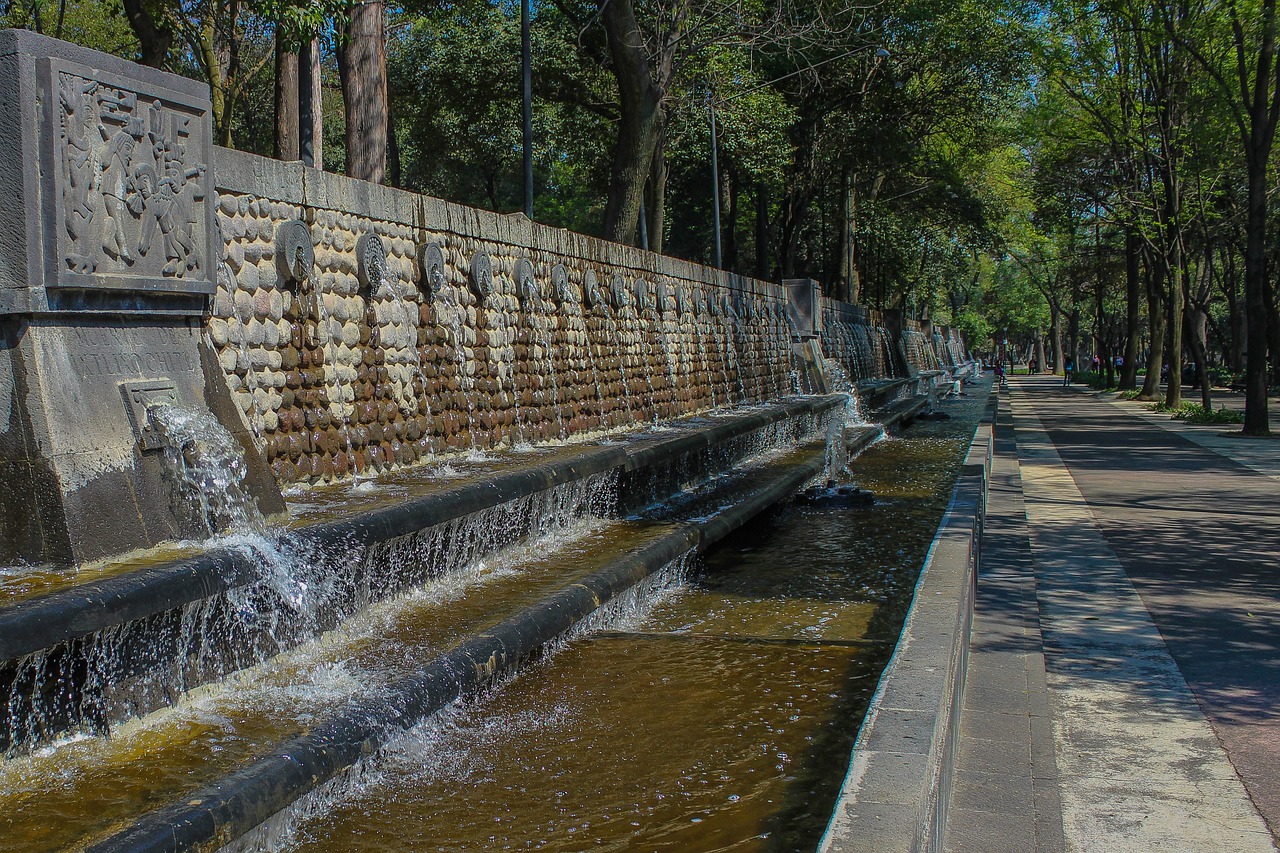
Origins of the Mayan Ball Game
The Mayan Ball Game holds a mysterious allure, drawing us back to the origins of Mesoamerican civilization. Dating back thousands of years, this ancient sport was not merely a game but a sacred ritual embedded in the cultural fabric of the Mayan people. Its roots can be traced to the heart of Mayan society, where it intertwined with their beliefs, traditions, and way of life.

Rules and Gameplay
The Mayan ball game, known as "pitz," was a sacred and ritualistic sport that held immense cultural significance in ancient Mesoamerican civilization. The game was not merely a form of entertainment but a reflection of the Mayan worldview, incorporating elements of religion, mythology, and social hierarchy. Played on a ball court with stone rings on the walls, the game required skill, strategy, and physical prowess.
One of the key rules of the Mayan ball game was that players were not allowed to use their hands or feet to move the solid rubber ball. Instead, they had to use their hips, elbows, and knees to keep the ball in play. The objective was to score points by successfully passing the ball through the stone rings on the court walls, a task that demanded precision and coordination.
Rituals and ceremonies often accompanied the Mayan ball game, with participants donning elaborate costumes and engaging in symbolic gestures before and after matches. The game itself was seen as a cosmic battle between opposing forces, with the outcome believed to influence the balance of the universe and appease the gods.
Winning a game of pitz was not only a display of athletic prowess but also a reflection of one's status and honor within Mayan society. The victors were revered as heroes, their achievements celebrated through feasts, dances, and commemorative inscriptions. Conversely, defeat could carry significant consequences, affecting not only the players but also their communities.
The Mayan ball game was not just a physical contest but a reflection of the intricate social and religious structures of Mayan civilization. It served as a means of communication with the spiritual realm, a way to honor the gods, and a symbol of the cyclical nature of life and death. The game's rules and gameplay were deeply intertwined with the Mayan worldview, offering insights into their beliefs and values.
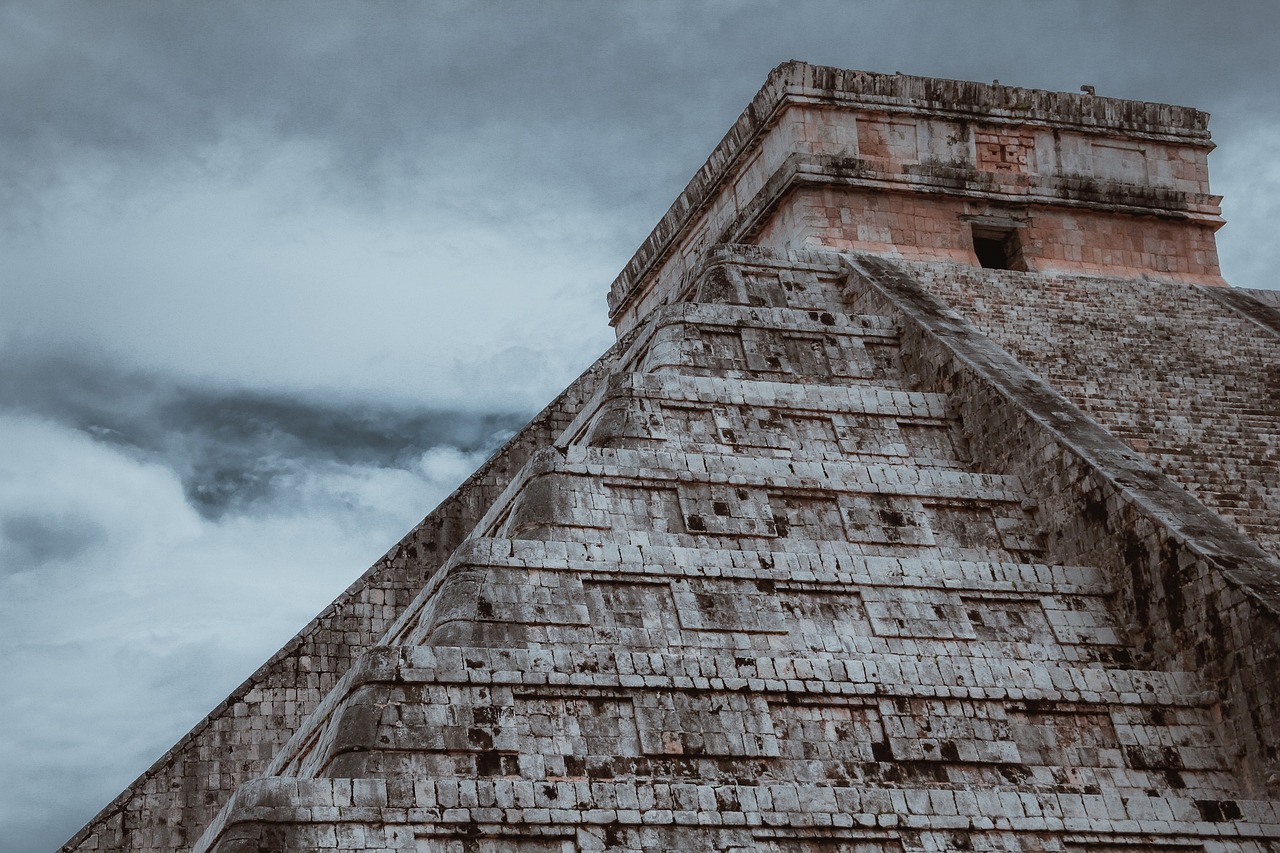
Archaeological Findings
Exploring the archaeological findings related to the ancient Mayan ball game unveils a treasure trove of insights into this captivating sport. Excavations at various Mayan sites have unearthed a plethora of artifacts that provide a glimpse into the game's history and significance. Intricately carved stone panels depicting ball players in action, ceramic figurines of athletes, and hieroglyphic inscriptions detailing game outcomes have been discovered, shedding light on the cultural and ritualistic aspects of the Mayan ball game.
One of the most remarkable archaeological discoveries linked to the Mayan ball game is the presence of ball courts scattered throughout Mesoamerica. These expansive and architecturally sophisticated structures served as the battlegrounds where ancient Mayans competed in the revered sport. The layout and design of these ball courts vary across different Mayan city-states, reflecting regional variations in gameplay and religious practices.
Moreover, the hieroglyphic inscriptions found on stelae and temple walls provide valuable clues about the rituals and ceremonies associated with the Mayan ball game. These inscriptions not only document the outcomes of important matches but also offer glimpses into the spiritual beliefs and cosmological significance attributed to the sport. The intricate symbolism woven into the depictions of ball games underscores the deep-rooted connection between the physical act of playing and the metaphysical realms of the Mayan worldview.
Archaeologists have also uncovered sacrificial offerings and burial sites near ball courts, indicating the sacred nature of the Mayan ball game. The presence of human remains in close proximity to these sporting arenas suggests that the games were imbued with spiritual significance and possibly served as acts of devotion to the gods. Such findings underscore the complex interplay between sport, religion, and societal dynamics in ancient Mayan civilization.
In conclusion, the archaeological findings related to the Mayan ball game provide a window into a rich and vibrant cultural tradition that thrived in Mesoamerica. Through the meticulous excavation and analysis of artifacts, inscriptions, and architectural remains, researchers continue to piece together the puzzle of this ancient sport, unraveling its mysteries and preserving its legacy for future generations to appreciate and admire.

Social and Religious Context
Exploring the ancient Mayan ball game unveils a rich tapestry of social and religious significance deeply woven into the fabric of Mayan civilization. Within the Mayan society, the ball game held a multifaceted role, transcending mere entertainment to embody elements of ritual, competition, and spiritual beliefs. It was not merely a sport but a reflection of the societal structure and religious worldview of the Mayan people.
The Mayan ball game was intricately intertwined with the religious beliefs of the civilization, often serving as a conduit between the physical and spiritual realms. The ball court itself was considered a sacred space, with rituals and ceremonies performed before, during, and after the game to appease the gods and ensure favorable outcomes. The game's outcome was believed to influence the balance of the cosmos, impacting the fertility of the land and the well-being of the community.
Moreover, the social context of the Mayan ball game extended beyond the court, permeating various aspects of Mayan life. The game was not solely reserved for the elite but was accessible to individuals from different social strata, providing a platform for social interaction, competition, and community cohesion. It served as a means of resolving disputes, forging alliances, and showcasing individual prowess within the societal framework.
Furthermore, the ball game reflected and reinforced existing power structures within Mayan society, with players representing different social roles and hierarchies. The game's rules and dynamics mirrored the complexities of Mayan social organization, with strategies and teamwork reflecting broader societal norms and values. Through the game, social bonds were strengthened, alliances solidified, and communal identities reinforced.

Mythology and Symbolism
Exploring the mythical origins and symbolic significance of the ancient Mayan ball game unveils a fascinating tapestry of Mesoamerican civilization. This traditional sport, deeply ingrained in Mayan culture, transcends mere physical competition to embody spiritual and societal values.
Delving into the mythology surrounding the Mayan ball game reveals a rich narrative intertwined with cosmic beliefs and ritualistic practices. According to legend, the game originated from the divine realm, where gods engaged in a cosmic match to maintain the balance of the universe. The ball itself was often associated with the sun, symbolizing life, energy, and the eternal cycle of creation and destruction.
Symbolism permeated every aspect of the game, from the sacred ballcourt architecture representing the cosmos to the ritualistic attire worn by players embodying spiritual beings. The act of playing the game was not merely a physical endeavor but a ceremonial performance, with each movement and gesture infused with symbolic meaning.
Moreover, the outcome of the game was believed to influence natural phenomena such as rainfall, crop fertility, and solar eclipses, highlighting the interconnectedness between the human, spiritual, and natural worlds in Mayan cosmology. The ball game served as a bridge between the earthly realm and the divine, embodying the complex web of beliefs and values that defined Mayan society.
Through the lens of mythology and symbolism, the Mayan ball game emerges as more than a mere sport but a profound expression of the Mayan worldview, where the boundaries between the mundane and the sacred blur, revealing a deeper understanding of their cultural identity and spiritual beliefs.

Decline and Legacy
As we delve into the history of the ancient Mayan ball game, we encounter a pivotal chapter marked by the decline of this once revered sport and the enduring legacy it left behind. The decline of the Mayan ball game was not a sudden occurrence but rather a gradual fading of its prominence, influenced by various factors that reshaped the cultural landscape of Mesoamerica.
One significant factor contributing to the decline of the Mayan ball game was the arrival of Spanish conquistadors in the 16th century. With the Spanish colonization came the suppression of indigenous practices, including the sacred rituals and sporting events of the Mayan civilization. The imposition of European customs and the forced conversion to Christianity led to a waning interest in traditional Mayan games, marking the beginning of the end for the ancient ball game.
Furthermore, the socio-political upheavals following the Spanish conquest disrupted the societal structures that had once supported the practice of the Mayan ball game. The hierarchical systems of governance were dismantled, and the centralized power of Mayan city-states eroded, diminishing the patronage and resources allocated to sustaining the sport.
Despite its decline, the legacy of the Mayan ball game persevered through the centuries, leaving an indelible mark on the cultural heritage of Mesoamerica. The symbolic significance of the game continued to resonate with subsequent generations, inspiring artistic representations, scholarly studies, and cultural interpretations that kept its memory alive.
In modern times, the legacy of the Mayan ball game endures as a testament to the resilience and creativity of the ancient Mayan civilization. Efforts to revive interest in the game have emerged, with archaeological discoveries and historical research shedding new light on its rules and rituals. Contemporary adaptations of the Mayan ball game in sports and entertainment serve as a bridge between the past and the present, keeping the spirit of this ancient tradition alive in the hearts of enthusiasts.
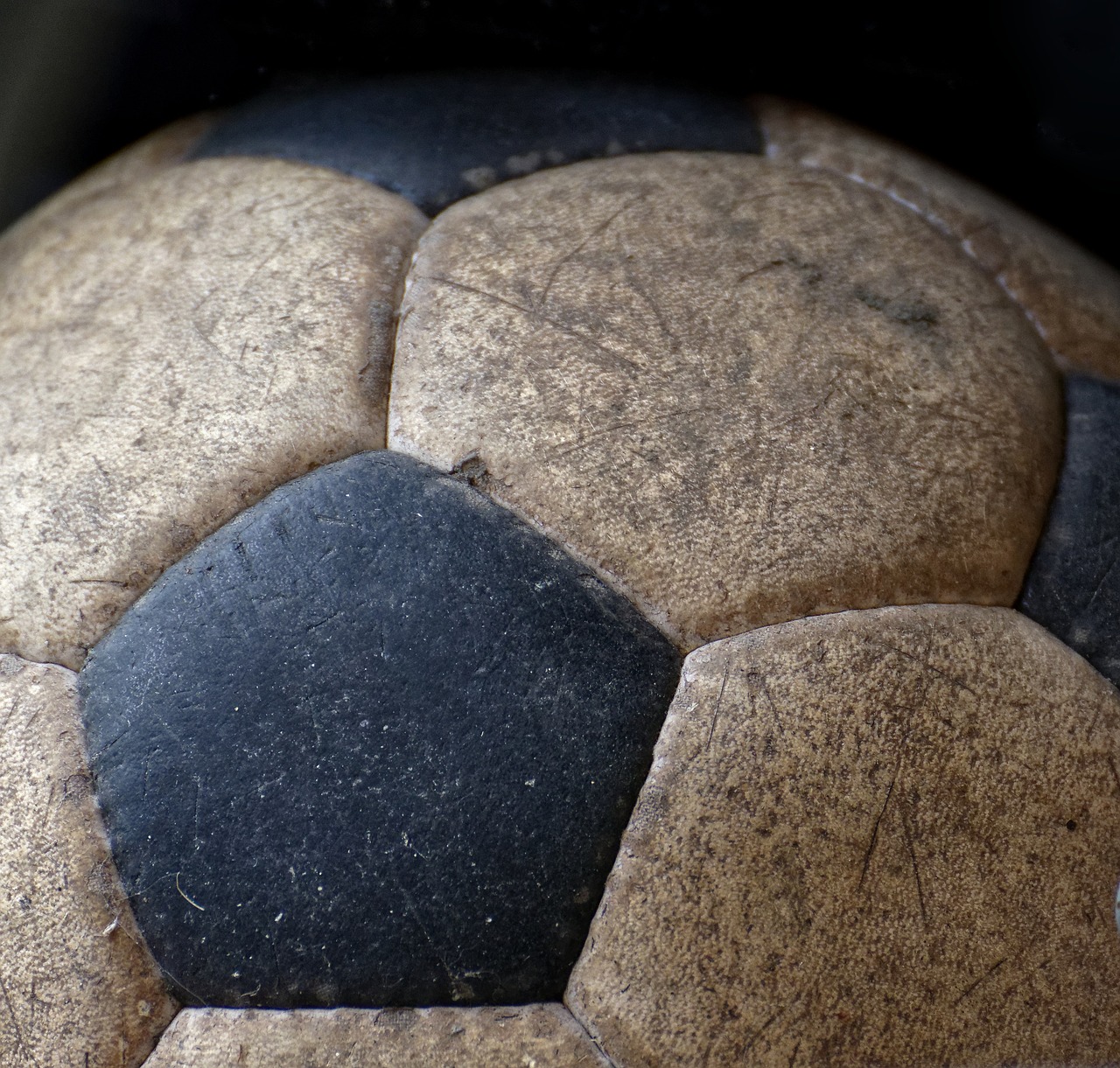
Revival and Modern Adaptations
Reviving ancient traditions and adapting them to modern times is a fascinating journey that allows us to bridge the gap between the past and the present. The ancient Mayan ball game, once a prominent feature of Mesoamerican culture, has seen a resurgence in recent years as efforts are made to revive this historical sport. Enthusiasts and researchers alike have delved into the intricacies of the game, studying ancient texts and depictions to reconstruct the rules and mechanics of play.
One of the most notable modern adaptations of the Mayan ball game is the creation of contemporary versions that blend traditional elements with modern sports practices. These adaptations aim to capture the essence of the original game while making it accessible and engaging for a wider audience. Tournaments and exhibitions showcasing the revived Mayan ball game have garnered attention from both sports enthusiasts and cultural preservationists.
Furthermore, the incorporation of the Mayan ball game into educational programs and cultural events has helped raise awareness about this ancient sport and its significance in Mayan history. Schools, museums, and community organizations have embraced the game as a way to educate the public about Mesoamerican traditions and foster a deeper appreciation for indigenous cultures.
Additionally, the modern adaptation of the Mayan ball game has inspired artistic interpretations and creative expressions in various forms, including visual arts, literature, and performance arts. Artists and writers draw inspiration from the symbolism and mythology surrounding the game, infusing their work with elements that pay homage to this ancient tradition.
Overall, the revival and modern adaptations of the Mayan ball game serve as a testament to the enduring legacy of this ancient sport. By blending historical authenticity with contemporary innovation, we not only preserve a piece of cultural heritage but also ensure that the spirit of the game lives on for future generations to experience and appreciate.
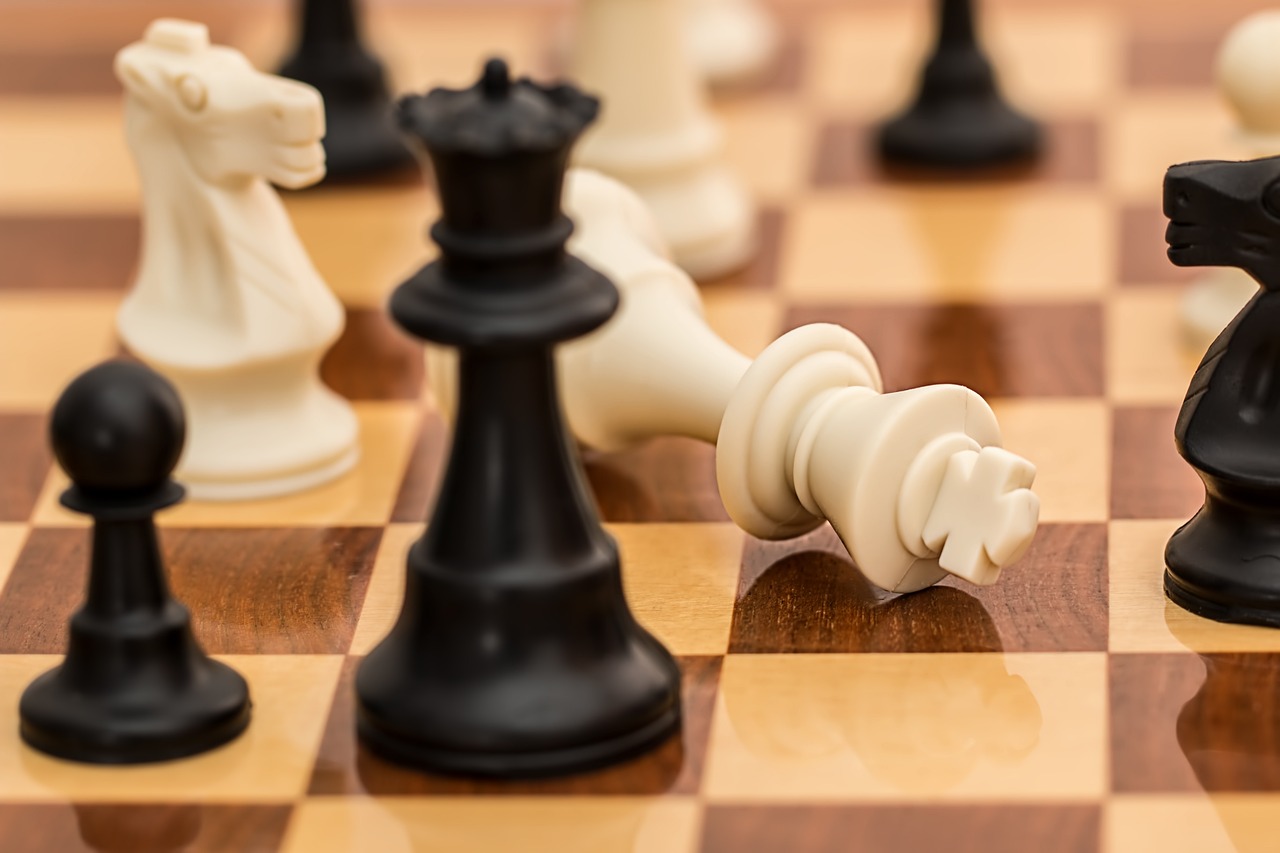
Cultural Significance Today
The cultural significance of the ancient Mayan ball game continues to resonate in modern times, serving as a powerful link to the rich heritage and traditions of the Mayan civilization. Today, the game stands as a symbol of resilience, community, and spiritual connection for the descendants of the Mayan people. Through the preservation of traditional practices and the celebration of the game's history, modern Mayan communities honor their ancestors and keep their cultural identity alive.
Furthermore, the Mayan ball game has captured the interest of researchers, historians, and enthusiasts worldwide, sparking a renewed appreciation for Mesoamerican culture and history. Its intricate symbolism and ritualistic elements have inspired artists, filmmakers, and writers to explore the mystique and allure of this ancient sport, bringing it to a global audience and fostering cross-cultural dialogue.
In contemporary society, the legacy of the Mayan ball game can be seen in various forms, from art exhibitions and cultural festivals to educational programs and sports events. By integrating elements of the game into modern practices, communities pay homage to the enduring legacy of the Mayan civilization and promote cultural diversity and understanding.
As we reflect on the cultural significance of the Mayan ball game today, we are reminded of the timeless wisdom and creativity of the ancient Mayan people. Their innovative approach to sports, spirituality, and social cohesion continues to inspire us to embrace our own heritage, celebrate diversity, and forge connections that transcend time and space.
Frequently Asked Questions
- What is the origin of the Mayan ball game?
The Mayan ball game, also known as "pok-ta-pok" or "ulama," originated in Mesoamerica and was played by ancient Mayan civilizations as early as 1400 BCE. It held significant cultural and ritualistic importance in Mayan society.
- How was the Mayan ball game played?
The Mayan ball game involved two teams aiming to score points by getting a rubber ball through a stone hoop without the use of their hands. Players used their hips, elbows, and knees to pass the ball, showcasing skill and agility.
- What was the symbolic significance of the Mayan ball game?
The Mayan ball game had symbolic meanings related to cosmology, warfare, and religious beliefs. It was often associated with the cycle of life, death, and rebirth, reflecting Mayan cosmological concepts.
- Why did the Mayan ball game decline?
The decline of the Mayan ball game was influenced by various factors, including Spanish colonization, societal changes, and the suppression of indigenous traditions. These elements contributed to the fading of the game's practice over time.
- How is the Mayan ball game being revived today?
In modern times, there are efforts to revive the Mayan ball game through cultural initiatives, sports events, and educational programs. These endeavors aim to preserve the heritage and traditions associated with the ancient game.












